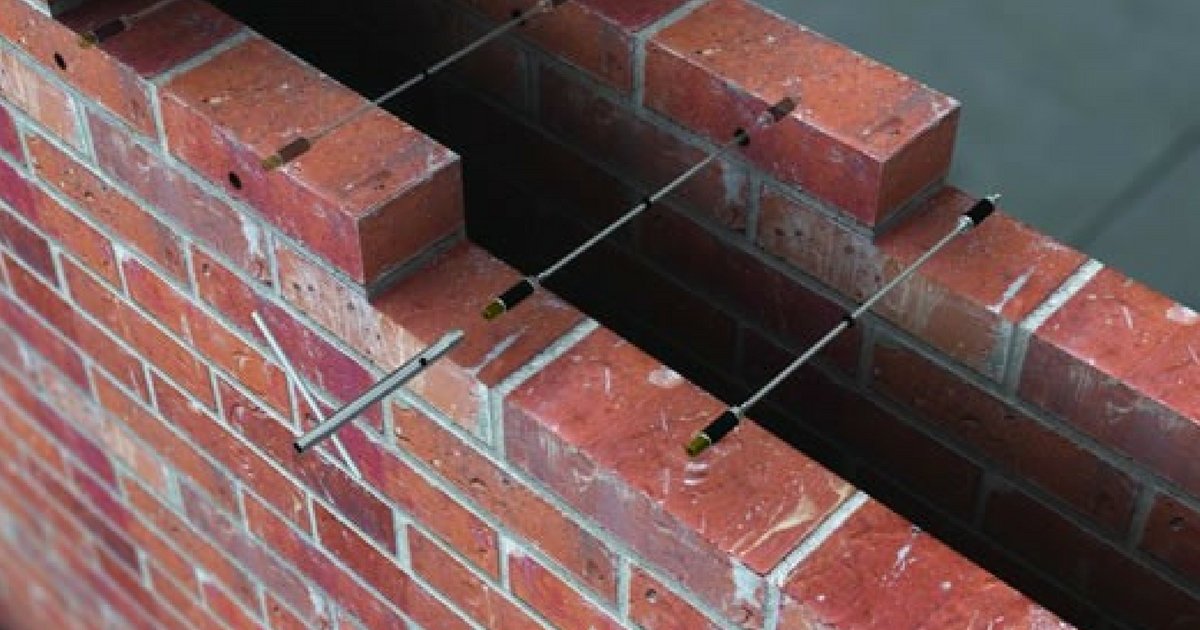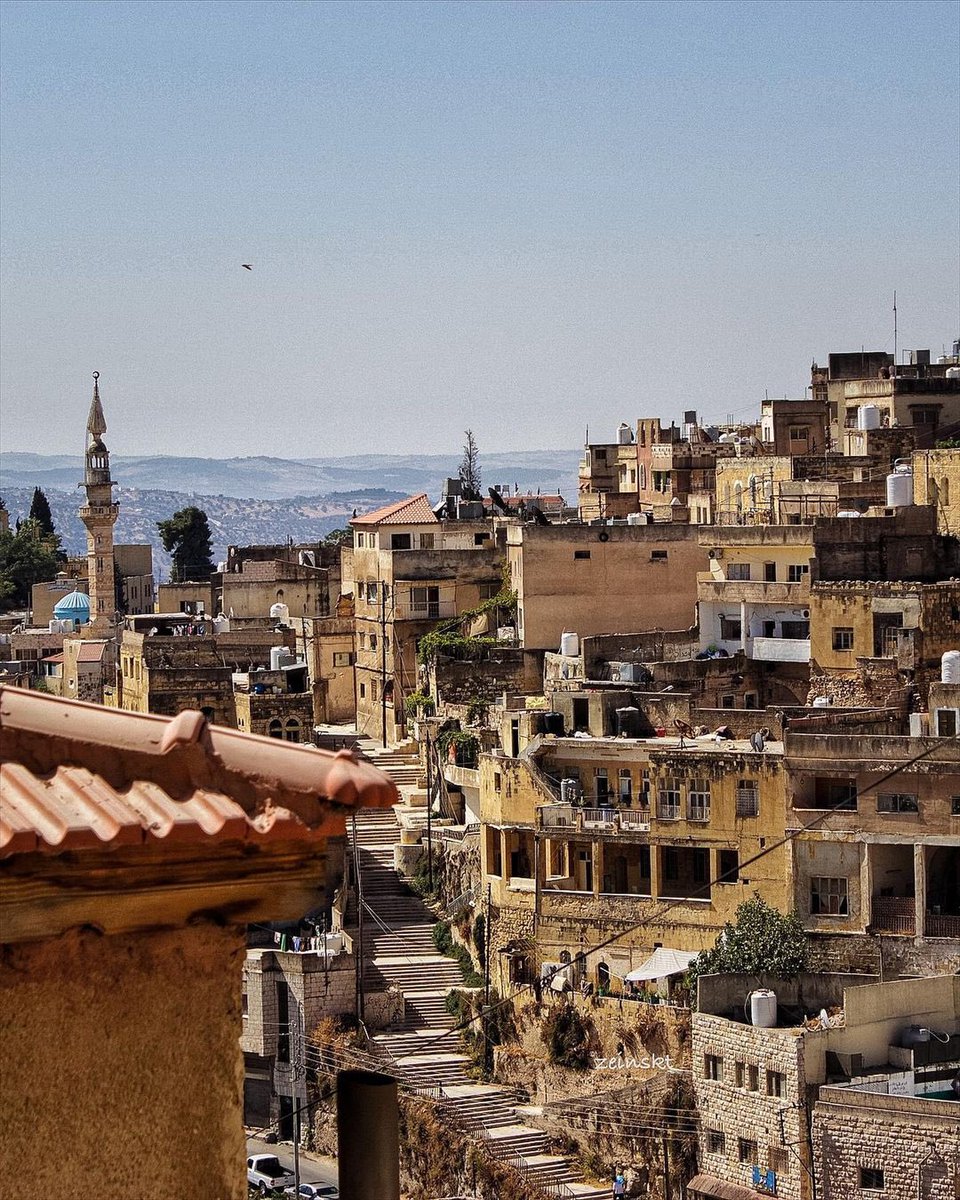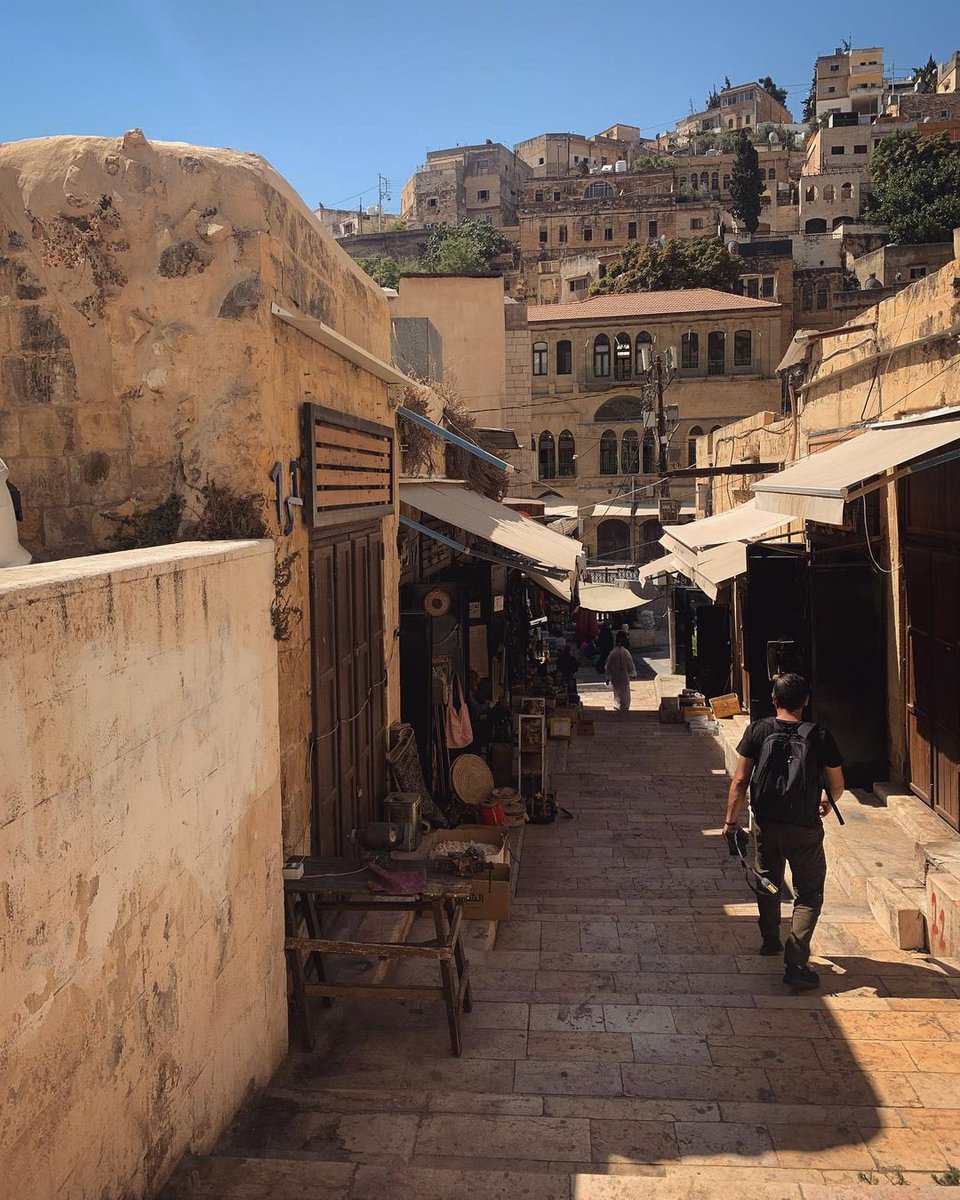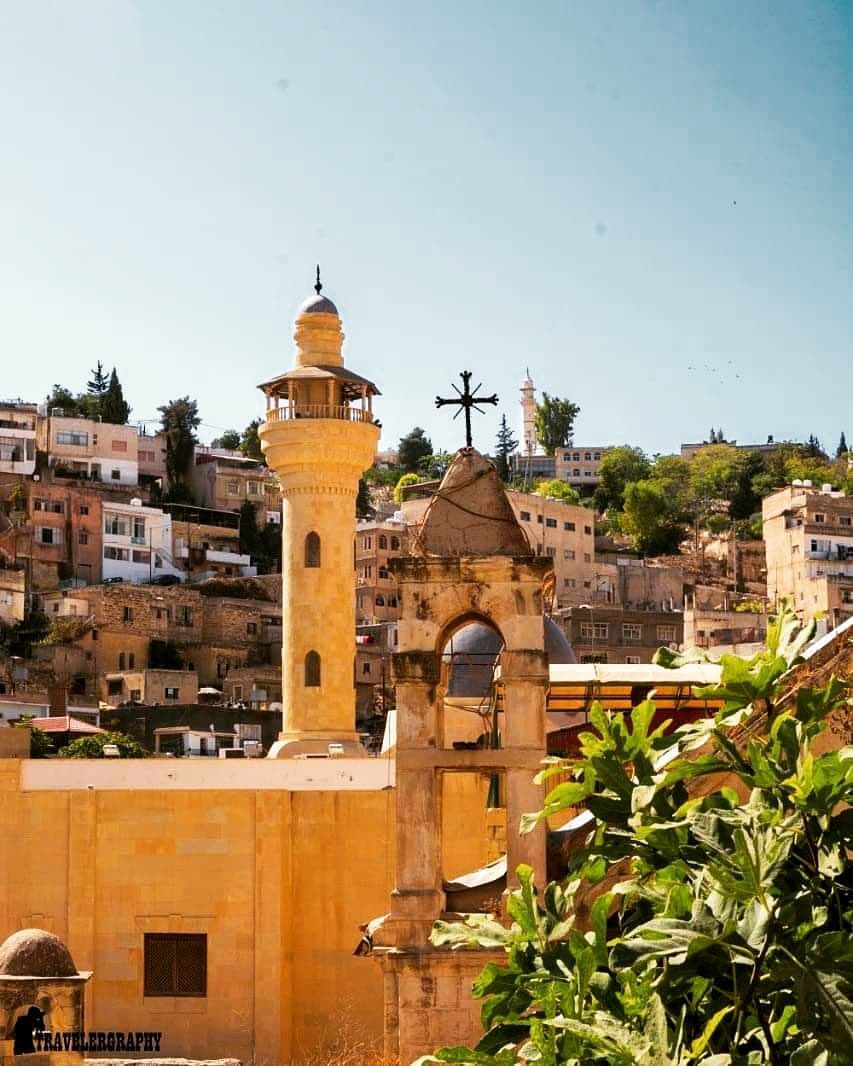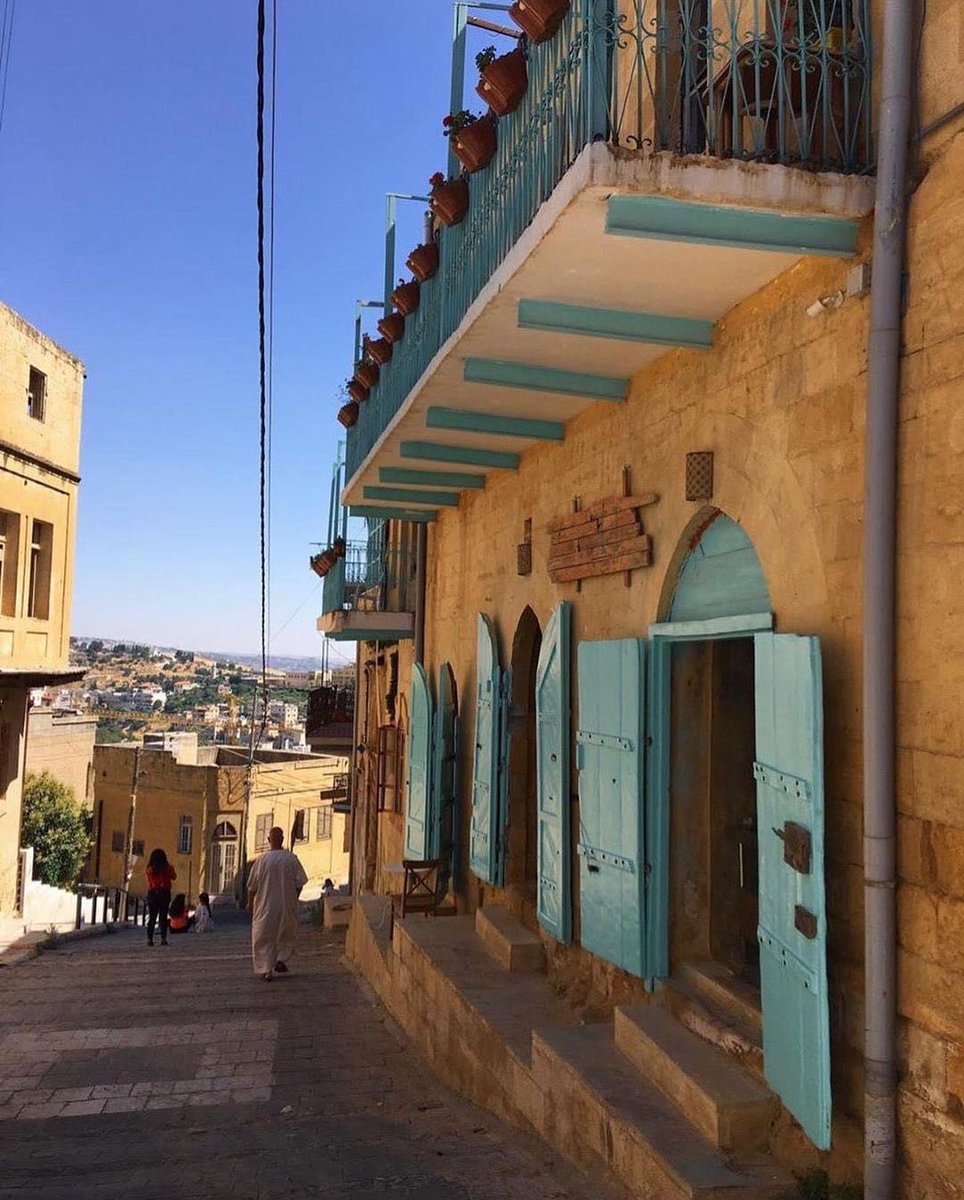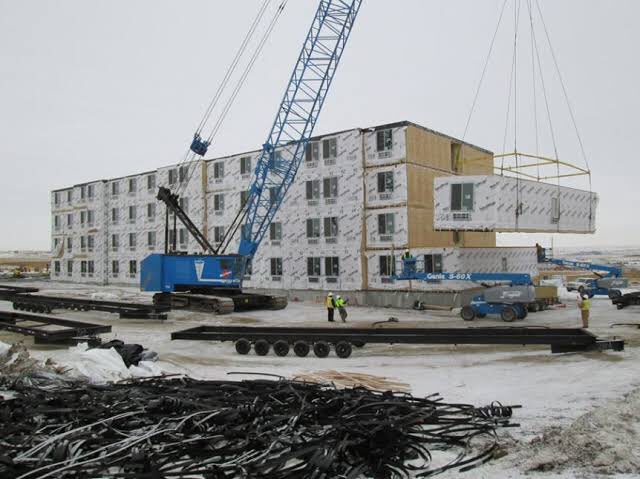
This is textbook techno-narcissism. Delhi believes it might be easier to clean the air with giant fans and air filters than to work with reducing pollution at the source. Madness and a huge waste of resources in a country that can ill afford it. indianexpress.com/article/cities…
The trial is based on a Chinese trial smog tower experiment in Xian, which placed in an industrial area has seen some promising results. However, it is still only a trial, and it is an absolute miniature trail. However the full scale model.... scmp.com/news/china/soc…
"To clean the air, polluted smog is drawn in through a series of greenhouses surrounding the base of the tower and heated by the solar energy. The full-sized tower would measure 500 meters tall and 200 meters in diameter, with greenhouses covering nearly 30 square kilometres."
"This system is hoped to be powerful enough to purify the majority of the air within a small city."
Can we have a very very slow clap for this stunning feat of terraforming?
Can we have a very very slow clap for this stunning feat of terraforming?
• • •
Missing some Tweet in this thread? You can try to
force a refresh



